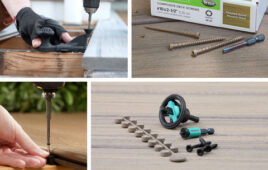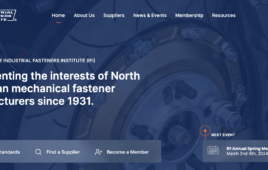
Learn more about the benefits of and applications for mechanical fasteners here.
As a part of the mechanically attached fasteners line of fasteners, PennEngineering’s PROFIL fasteners are permanently and securely attached to metal parts or panels by means of a riveting, piercing or pressing process.
Mechanical fasteners are components used to mechanically join or fasten two or more objects together.
Here are a few advantages of mechanical fasteners:
- Manual, in-die or robotic installation is possible
- Overall weight reduction is typically achieved
- Minimum space requirements are needed within the tool
- Simple installation in every work direction (no evacuation of slugs)
- Joining of high-strength steel up to a tensile strength (of Rm = 1500 MPa)
- Suitable for a wide range of sheet metal thicknesses with only one nut type (t = 0.5 to 5mm)
- All kinds of surface coatings of the sheet metal panels are feasible (no deformation by piercing or riveting)
- Self-piercing, clinching and rivet solutions available
- Easy and simple tool maintenance
PennEngineering is supported by manufacturing and technical facilities in the U.S., Europe, and globally. The company designs and manufactures automated feeding equipment for in-die press shop applications and assembly line solutions to meet the individual production requirements of the PROFIL components.
Additionally, installation of the PROFIL fasteners can be done in one step.
Watch the videos here.
PennEngineering
pemnet.com





Nice work